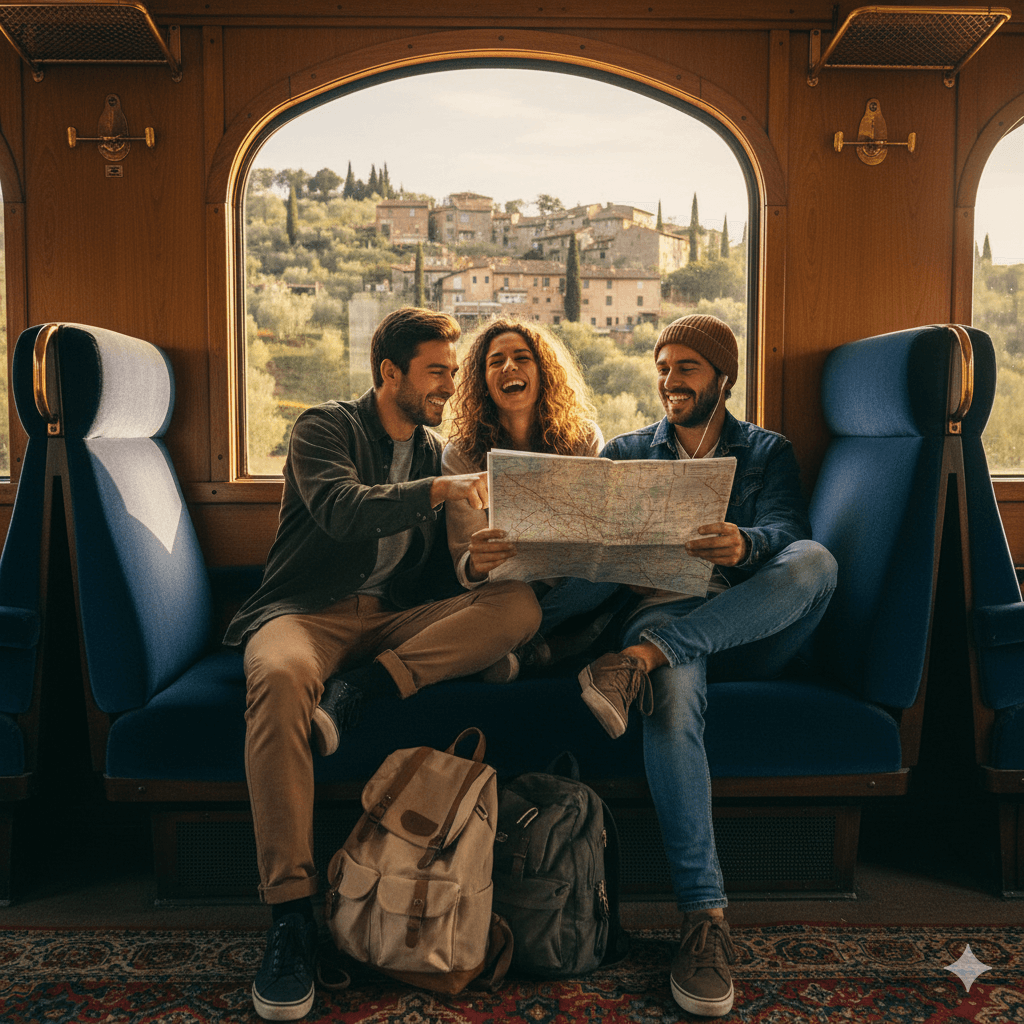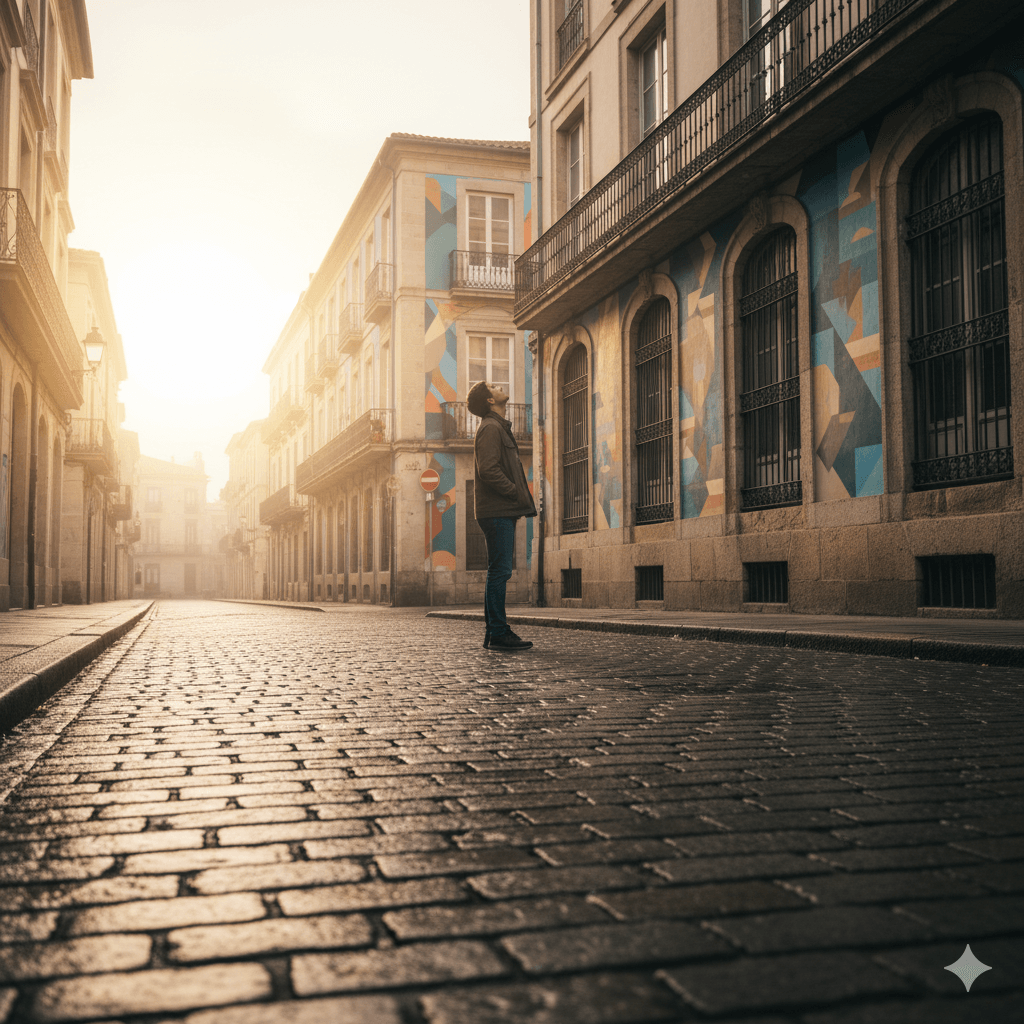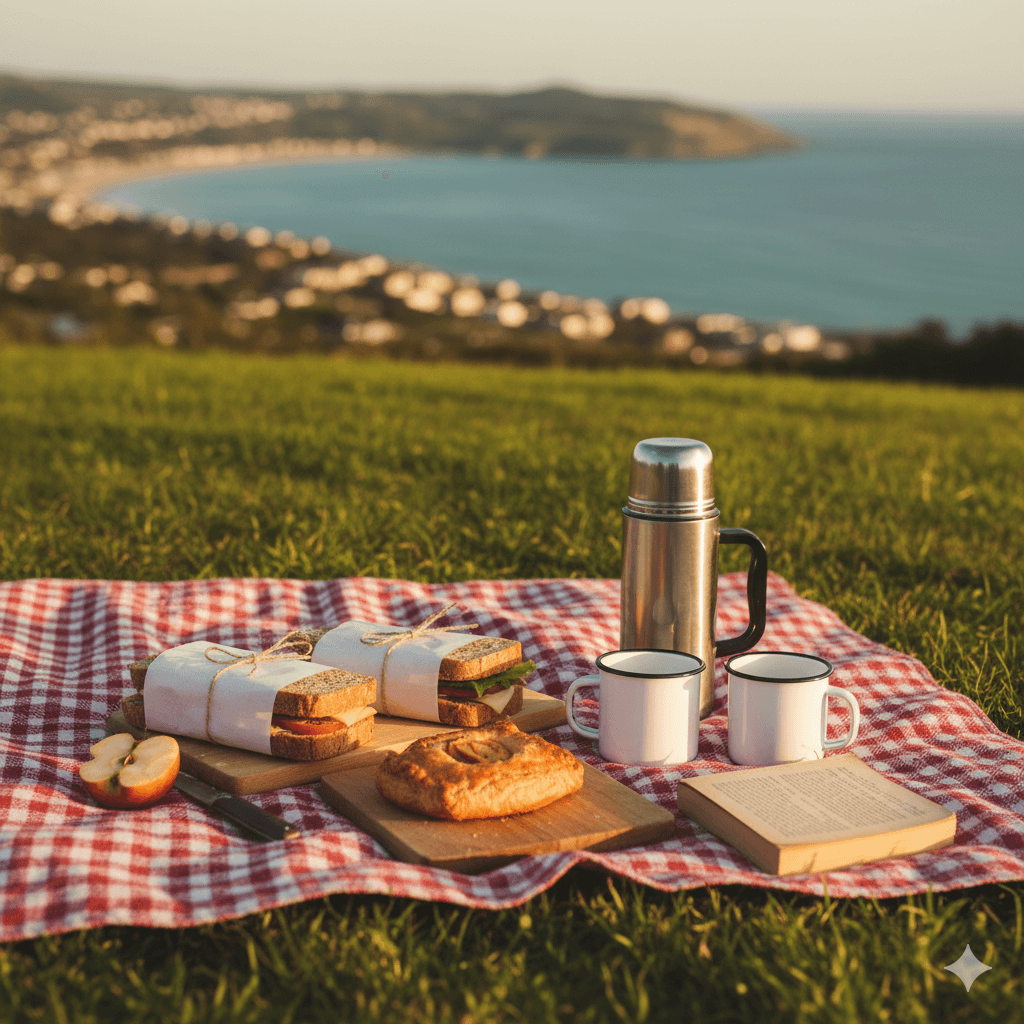Travel doesn’t have to mean crossing oceans or burning through savings. Some of the best adventures hide just a few hours from home, waiting for anyone willing to wake up early, pack light, and hit the road. A good day trip teaches you the same lessons as a long journey — curiosity, adaptability, appreciation — but without the planning paralysis or the price tag.
The secret is in the approach. A day trip is travel distilled: no excess baggage, no strict itinerary, just you and the open road. Whether it’s a nearby coastal town, a hiking trail, or a neighboring city you’ve ignored for years, the goal is to experience escape without extravagance.
Start with distance. Two to three hours away is perfect — far enough to feel different, close enough to get back before night. Choose places with character rather than fame: old railway towns, mountain viewpoints, farmers’ markets, or small museums. The joy of discovery comes not from checking a bucket list but from realizing how much beauty sits within reach.
Transportation can make or break a day trip budget. Public transport is often underrated — trains, buses, and shared rides can be cheaper (and calmer) than driving. If you do take a car, fill every seat. Road trips are better with company, not just for cost-sharing but for conversation and shared playlists. Nothing cements friendship like being lost together on a detour that ends in laughter.
Food is another trick. Skip restaurants; they eat half your budget and most of your time. Pack snacks, a thermos, maybe sandwiches. Picnics turn ordinary stops into memories. If you must eat out, find local bakeries or food stalls where locals queue up — the rule of thumb is simple: longer line, lower price, better flavor.
Time management is your greatest tool. Leave early — dawn feels like a superpower when you’re traveling cheap. The early hours buy you daylight, quiet streets, and often discounted entry to attractions. Build your itinerary around free experiences: public gardens, hiking trails, art districts, historical neighborhoods. Sometimes, the best moments cost nothing more than attention.
Technology helps if you use it wisely. Offline maps, free walking tour apps, local event listings — all reduce dependence on costly guides. Budget travel isn’t about deprivation; it’s about intention. You’re trading luxury for freedom, schedules for spontaneity. It’s about feeling the pulse of a place, not the weight of your wallet.
One trick seasoned travelers swear by is the “one-splurge rule.” Spend a little extra on one thing that makes the day special — a scenic ferry ride, a local delicacy, a small souvenir. This keeps you from feeling deprived while still respecting your budget. The rest of the day can be low-cost, but that one treat anchors the memory.


Day trips also sharpen your travel instincts. You learn to plan quickly, pack efficiently, and enjoy moments without needing everything to be perfect. Every little mishap — a missed train, a wrong turn, a closed café — becomes part of the story. Cheap travel trains gratitude. You stop worrying about what’s missing and start noticing what’s present.
When the sun sets and you’re heading home, exhaustion feels earned. You’ve stretched your curiosity without straining your finances. The destination fades, but the feeling — that you don’t need riches to live richly — lingers. In the end, the real luxury of travel is time well spent, not money well burned.

